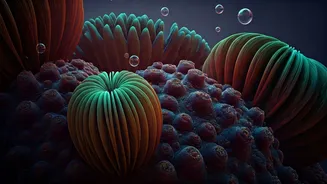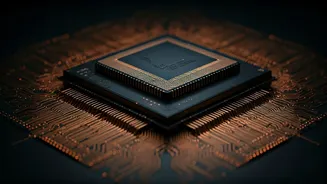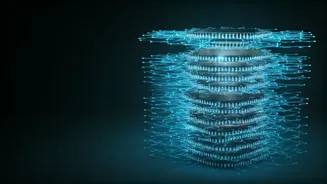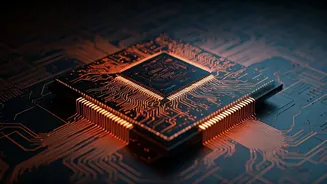A Tiny Microscope
The remarkable research conducted by MIT physicists has unveiled a novel technique to visually dissect the internal structure of atoms. This is achieved
through a tabletop molecular technique, a streamlined approach that bypasses the need for large-scale, costly equipment. Previous methods required vast infrastructure, but this innovation significantly simplifies the process. This development provides scientists with a novel lens to scrutinize atomic structures. The essence of their approach centers on utilizing a tabletop setup. This approach allows them to observe the arrangement of atoms and molecules in a way that was never before possible. The implications of this research are substantial, potentially leading to new breakthroughs in materials science, chemistry, and other scientific domains.
Molecular Vision Unveiled
MIT's novel method enables scientists to visualize atomic interiors. This breakthrough allows for a deep dive into the very core of matter. The technology relies on a tabletop setup. The research's focus on a compact setup means that costly and large-scale facilities are not required. This drastically reduces the resources and infrastructure needed for atomic-level observation. This new method facilitates a more detailed examination of atoms. The new tabletop technique has significant implications, especially in how we understand and manipulate materials at the most fundamental level. These findings not only advance scientific understanding but also open doors for future innovations.
Key Advantages Explored
One of the standout advantages of MIT's technique is its accessibility. The tabletop setup reduces reliance on complex, large-scale facilities and reduces operational expenses, opening up the field for more extensive research. The method's effectiveness hinges on its ability to provide clear, high-resolution imagery. This leads to more precise data collection and a deeper comprehension of atomic behavior. With this innovative method, researchers can delve into the most granular aspects of atoms. By reducing the complexity and cost of atomic research, this new technique broadens the potential for future breakthroughs in a variety of scientific fields, as more researchers can conduct this kind of experiments.
Future Applications Emerge
The capacity to visually inspect the inside of atoms with such precision holds immense promise. In the future, this will influence how we design new materials. The atomic-level understanding gained could be used to create superior electronics. Furthermore, this method could lead to the development of better medical treatments. The applications of this technique extend far beyond fundamental science. The discovery creates the potential to transform numerous areas of technology and improve how we understand the world. The study marks a significant advance in scientific research and its application, influencing multiple sectors.













